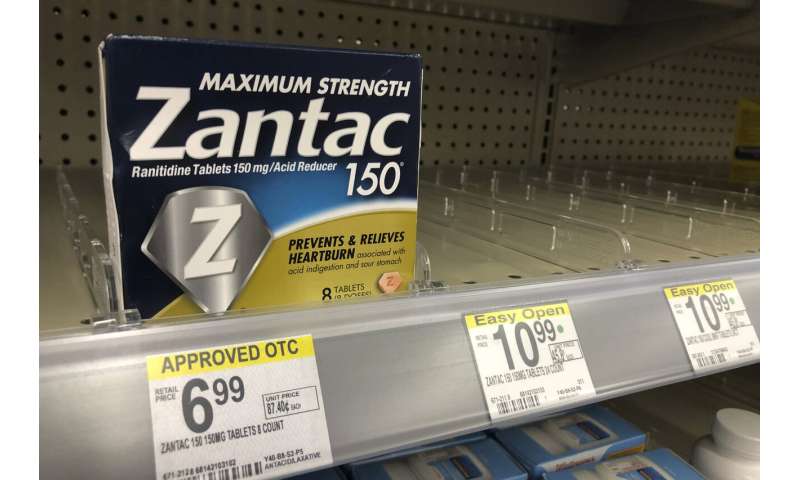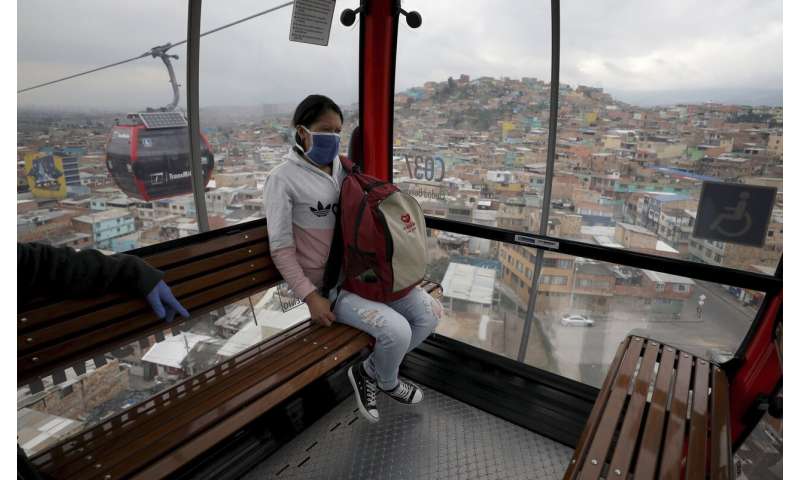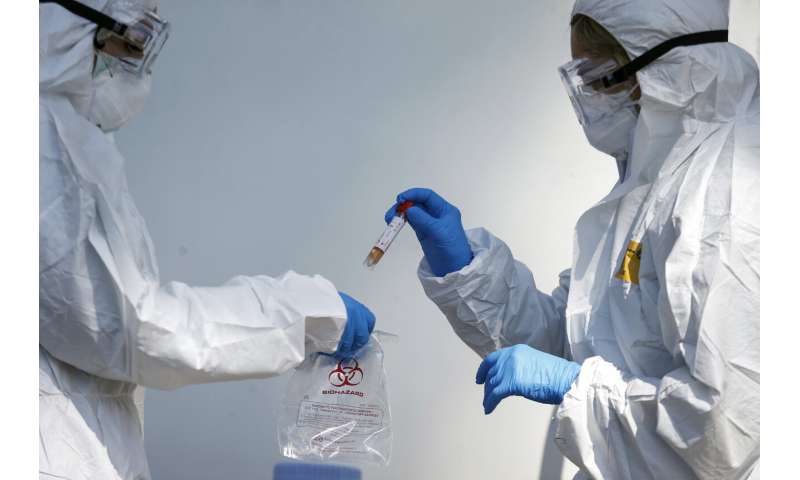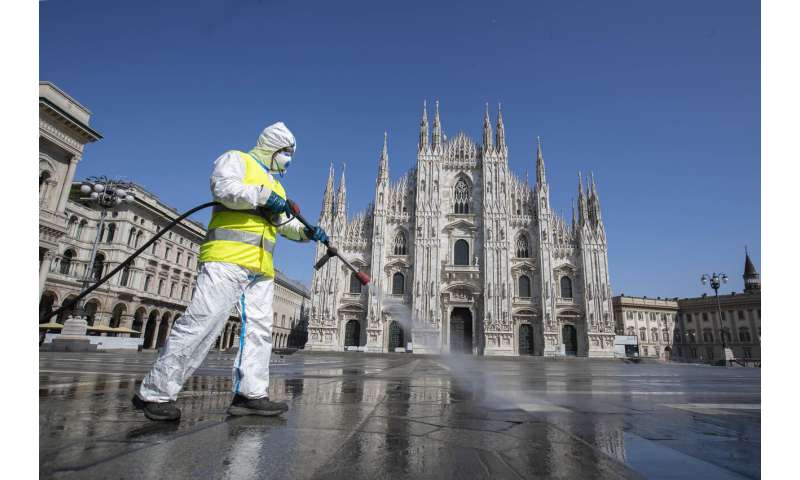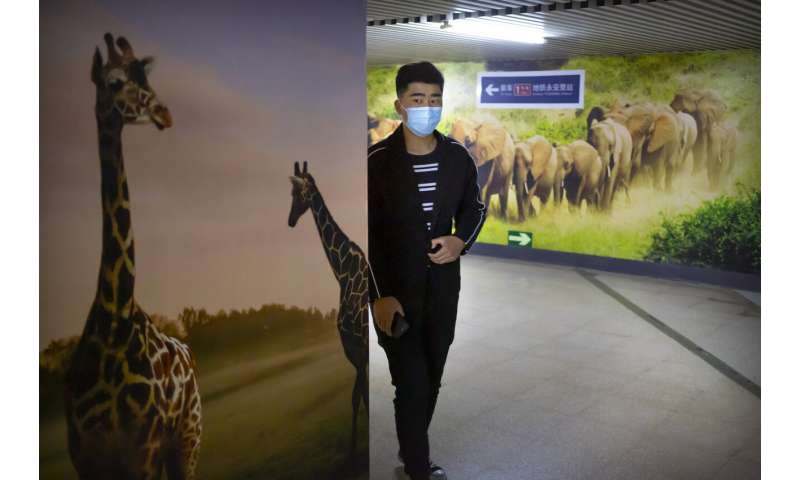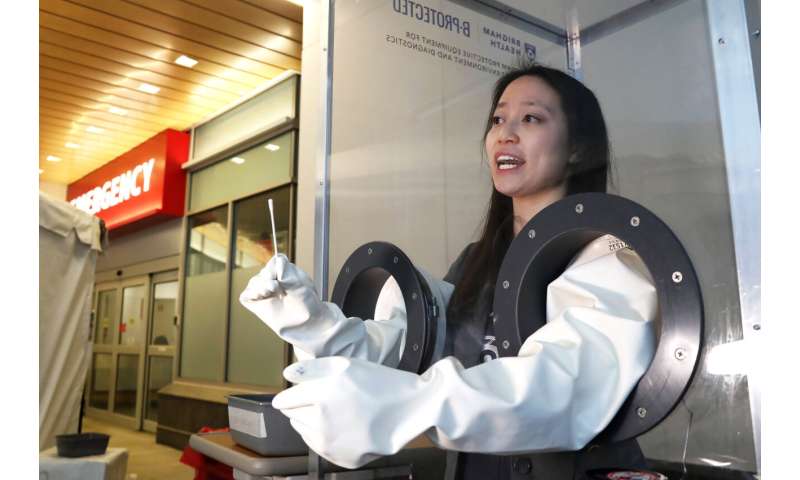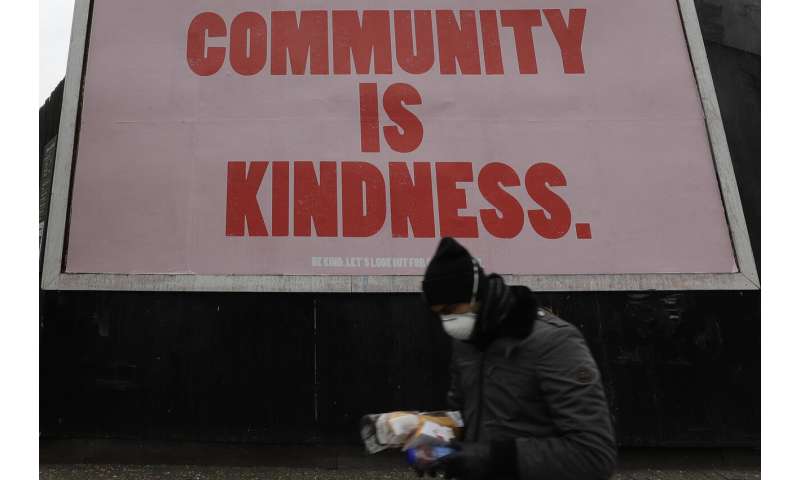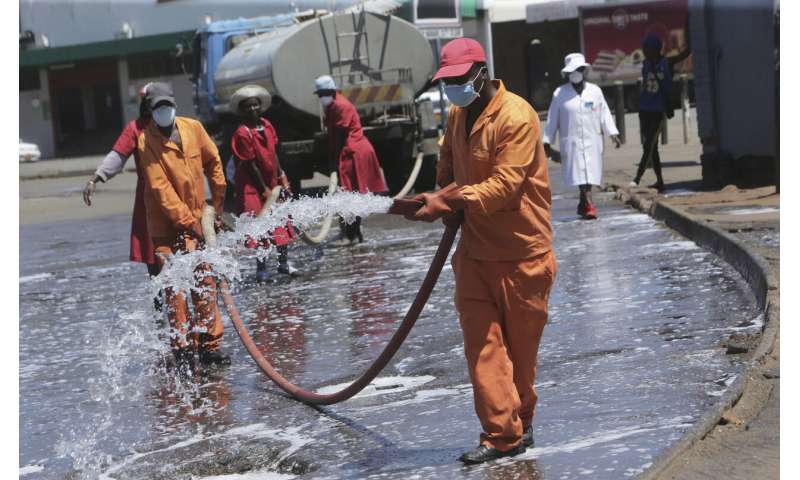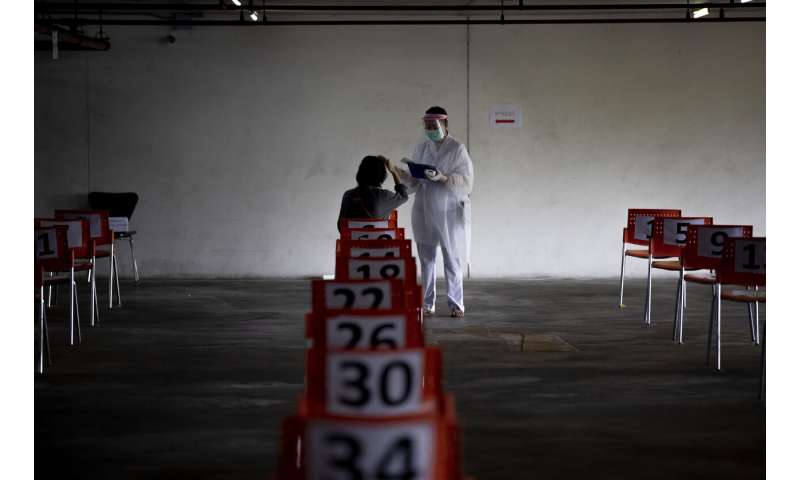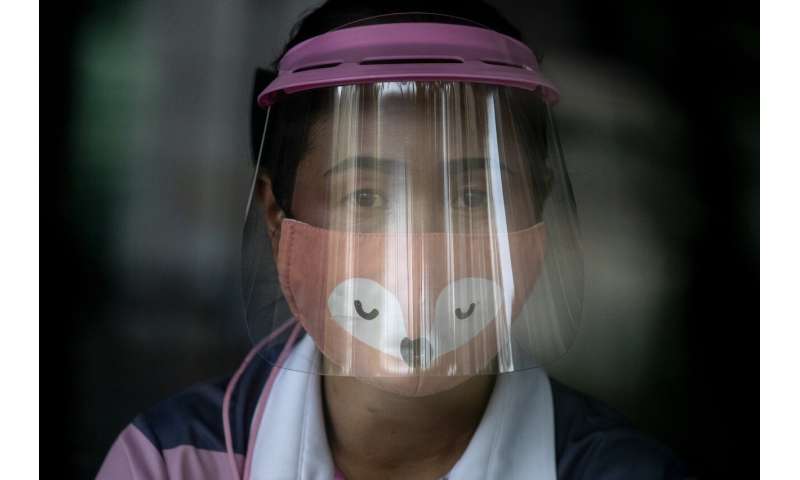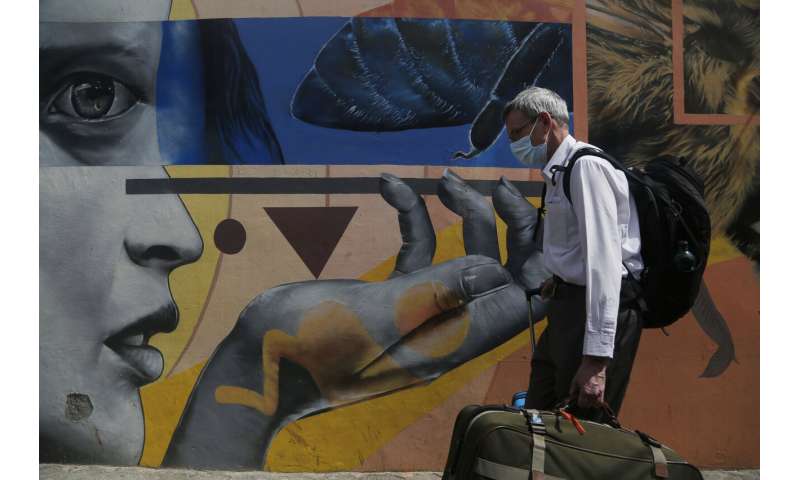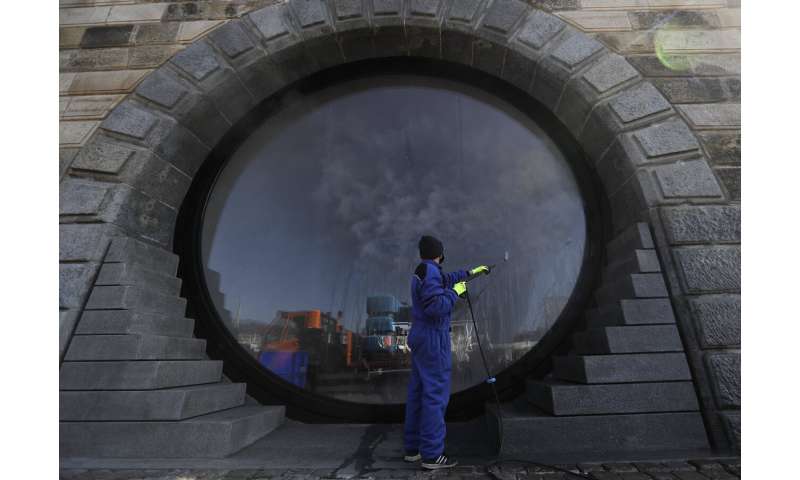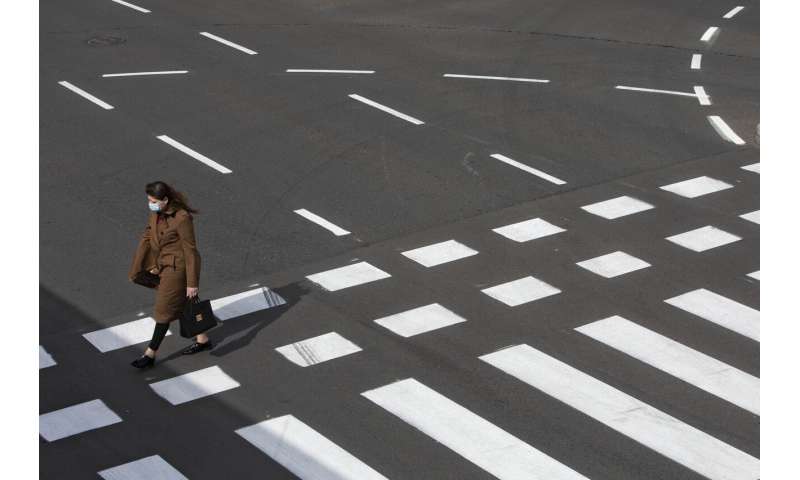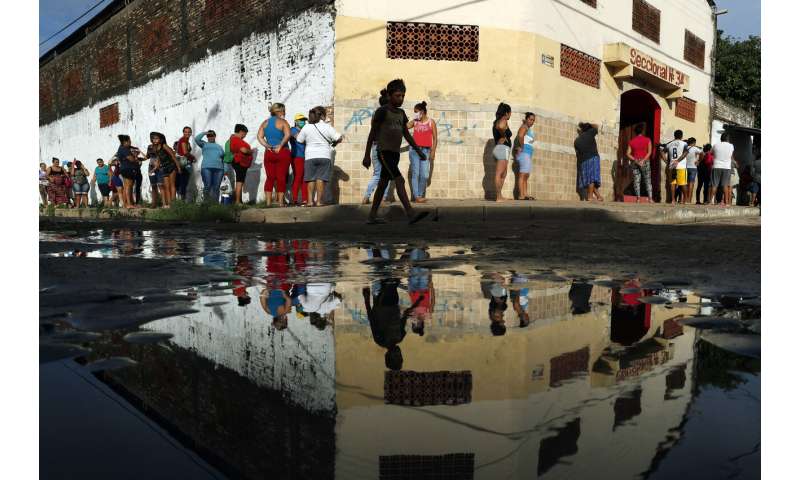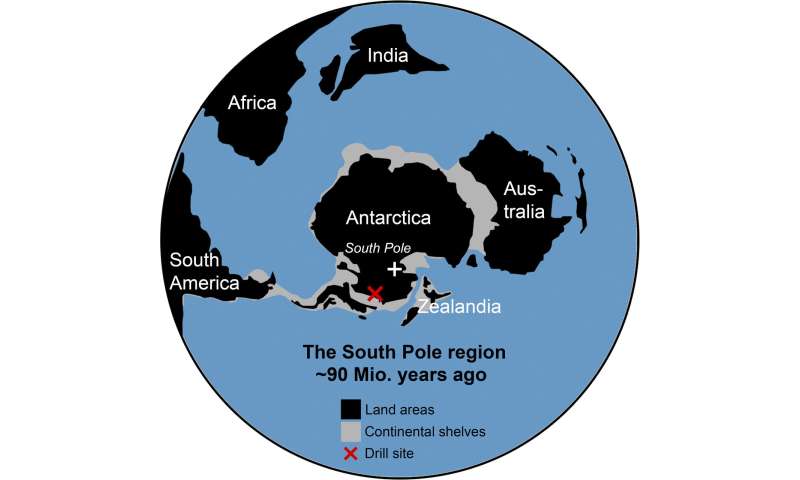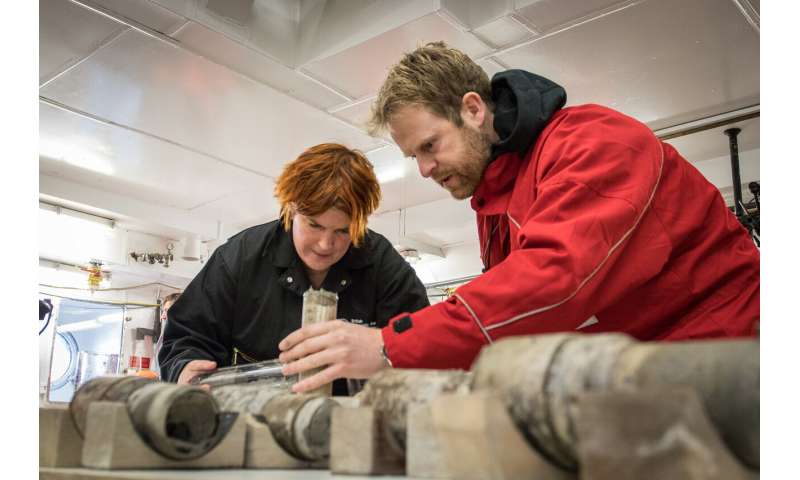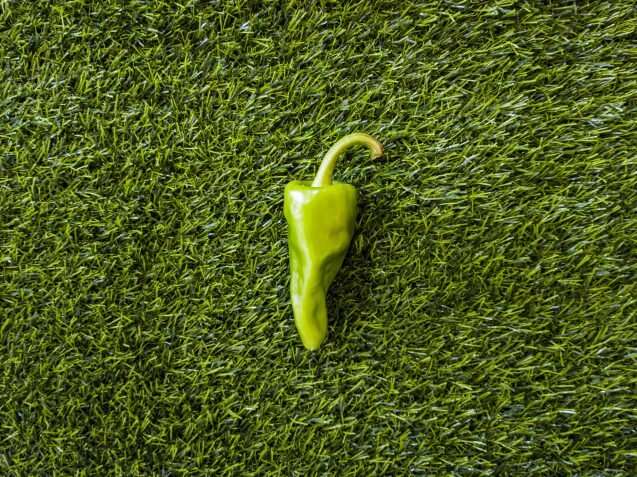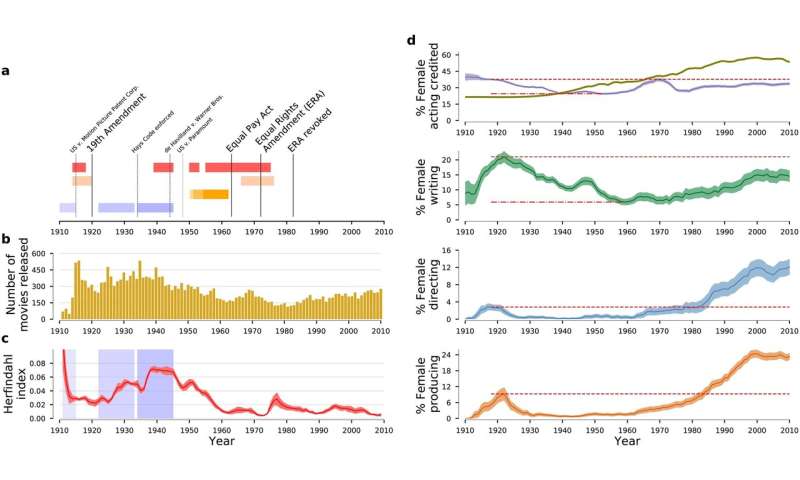Possible lives for food waste from restaurants
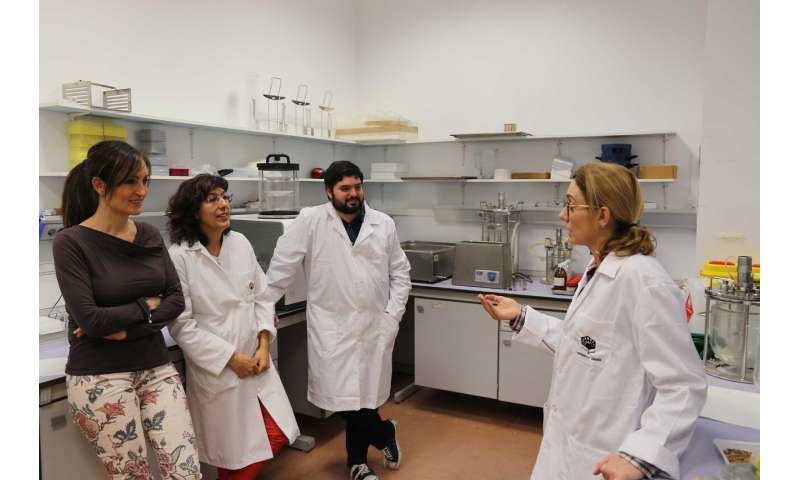
More than a third of the food produced ends up being wasted. This situation creates environmental, ethical and financial issues, that also affect food security. Negative effects from waste management, such as bad smells or the emission of greenhouse gases, make the bioeconomy one of the best options to reduce these problems.
Research into the field of the bioeconomy and the search for waste valorization strategies, such as agricultural by-products, is the field of research for the BIOSAHE (a Spanish acronym of biofuels and energy-saving systems) research group at the University of Cordoba. Led by Professor Pilar Dorado, they are now taking a step further: they aim to establish the best valorization paths for restaurant food waste. Among the possible lives for restaurant scraps, they are looking to find which one is most effective and which provides the most value.
Along these lines, researcher Miguel Carmona and the rest of the BIOSAHE group, including Javier Sáez, Sara Pinzi, Pilar Dorado and Isabel López García, developed a methodology that assesses food waste and selects the best valorization path.
After analyzing food waste from a variety of different kinds of restaurants with varying degrees of caliber, the main chemical components were characterized, those being starches, proteins, lipids and fibers. The aim of this process was to find out what amounts of what compounds are held in food waste in order to link it to the best option for its transformation.
Once the chemical compounds of the scraps were identified, a statistical study was performed to analyze the variability (how compounds vary and the amounts of some waste compared to other waste).
Identifying compound typology and variability makes it possible to predict the most optimal valorization process depending on the waste, thus helping industries within the circular economy and the resource valorization sector to make decisions.
In this way, the lives of restaurant scraps can be turned into biodiesel, electricity or bioplastic. Specifically, the project that Pilar Dorado heads is developing a biorefinery that would, just as oil refineries do, generate biofuel, bioplastic, biolubricants and products with added value in the chemical, electrical and heat industries from restaurant food waste. In this project, in addition to the methodology that characterizes scraps and chooses the best paths, they have produced bioplastic that can be used as sutures in surgery procedures.
More information: M. Carmona-Cabello et al, Food waste from restaurant sector – Characterization for biorefinery approach, Bioresource Technology (2020). DOI: 10.1016/j.biortech.2020.122779
Journal information: Bioresource Technology


